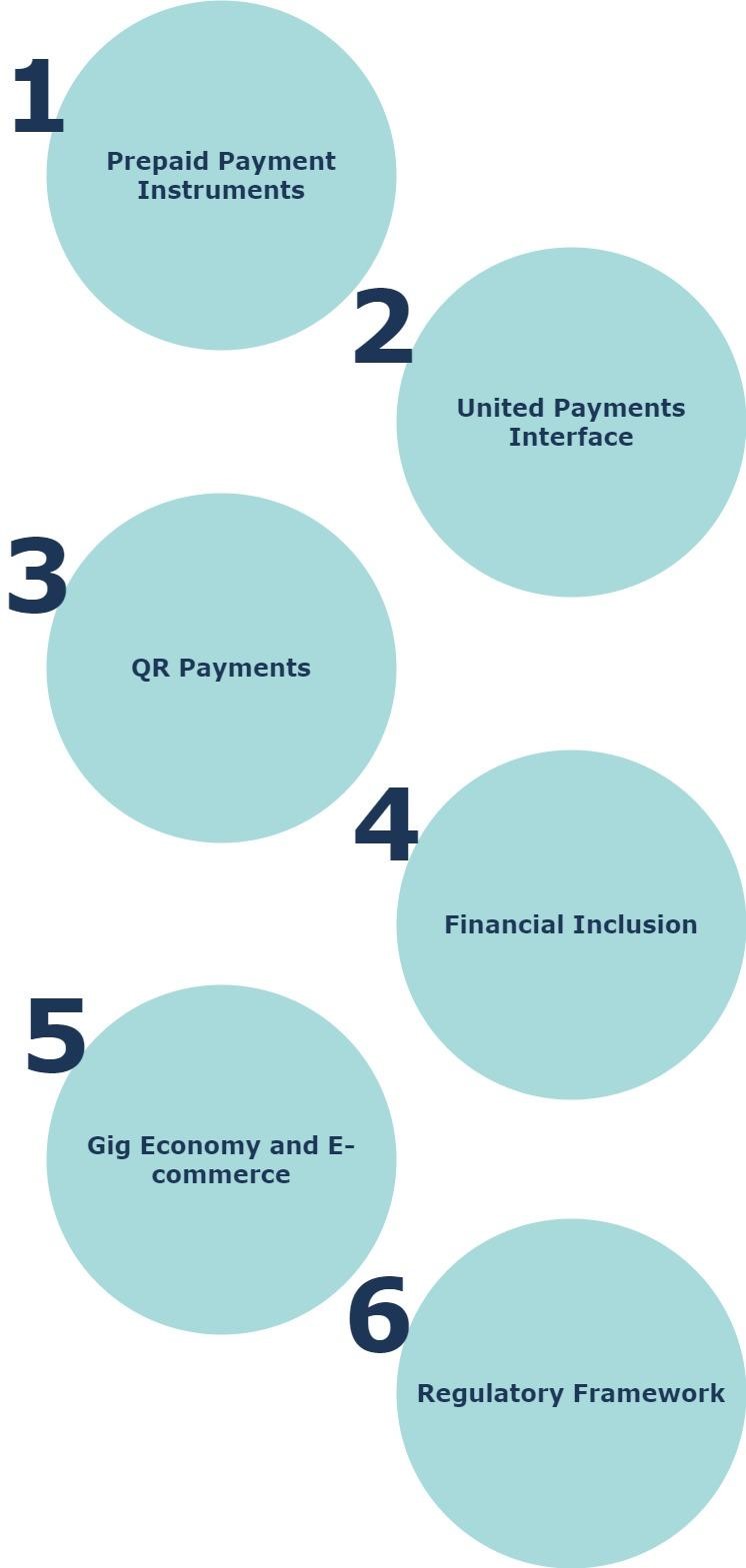With the introduction of new technology and the government’s aim for a cashless economy, digital payments in India have seen a remarkable transition in recent years. The Indian digital payment ecosystem is rapidly expanding, providing millions with ease, security, and financial inclusion. Here are a few trends, statistics, and examples that illustrate the evolving payment landscape.

- Mobile Payments Revolution
The emergence of mobile payments has been one of the most significant transformations in India’s digital payment landscape. Mobile wallets such as Paytm, Google Pay, and PhonePe have become household names. The volume of PPI payments in India in fiscal year 2022 accounted for approximately 6.58 billion which included mobile wallets. The growing use of mobile payments has made transactions more accessible and convenient for both urban and rural communities.
- Unified Payments Interface (UPI)
UPI has emerged as a game changer in India’s digital payment ecosystem. Developed by the National Payments Corporation of India (NPCI), it allows users to transfer money quickly from their bank accounts to any other bank account, 24 hours a day, seven days a week. In June 2023, the UPI payments system processed 9.34 billion transactions worth 14.75 lakh crore. The success of UPI has spurred other countries to investigate similar systems, underscoring India’s pioneering role in digital money.
- QR Code Payments
QR code payments are just another innovation that has changed the way people make payments. QR codes have been used for payment by businesses of various kinds, from street vendors to large organizations. Customers simply scan a QR code, enter the amount, and finish the transaction. According to Ernst & Young, QR code payments will account for 9.4% of all digital payments by 2025. This technology has made digital payments available to people who do not have cell phones or internet connections.
- Financial Inclusion
Digital payments have played a critical role in extending financial services to India’s unbanked and underbanked communities. The Jan Dhan Yojana, a government project, has encouraged financial inclusion by providing bank accounts for millions of people. The Reserve Bank of India’s financial inclusion index (FI) increased from 56.4% to 60.1% in 2022–23 (April–March) due to improvements in usage and quality dimensions, a substantial improvement over prior years.
- Gig Economy and E-Commerce
The rise of e-commerce platforms and the gig economy have contributed to the increase in digital payments. Amazon and Flipkart, as well as ride-sharing services Uber and Ola, have integrated digital payment systems into their apps, making it easier for consumers and gig workers to interact. This pattern is predicted to continue, with the Indian e-commerce business expected to reach $120 billion by 2025.
- Regulatory Framework
India’s government and regulatory organizations have been engaged in building a favourable climate for digital payments. Initiatives such as the “Digital India” campaign, Aadhaar-based e-KYC, and the implementation of the Goods and Services Tax (GST) have streamlined the digital payment ecosystem, making it more secure and transparent.
The future of digital payments in India looks bright, with a focus on innovation, convenience, and financial inclusion. As more Indians accept digital payments, the landscape is poised to evolve, generating opportunities for both businesses and consumers. With a population of over a billion people, India’s digital payment revolution has the potential to set a global standard for digital finance.
